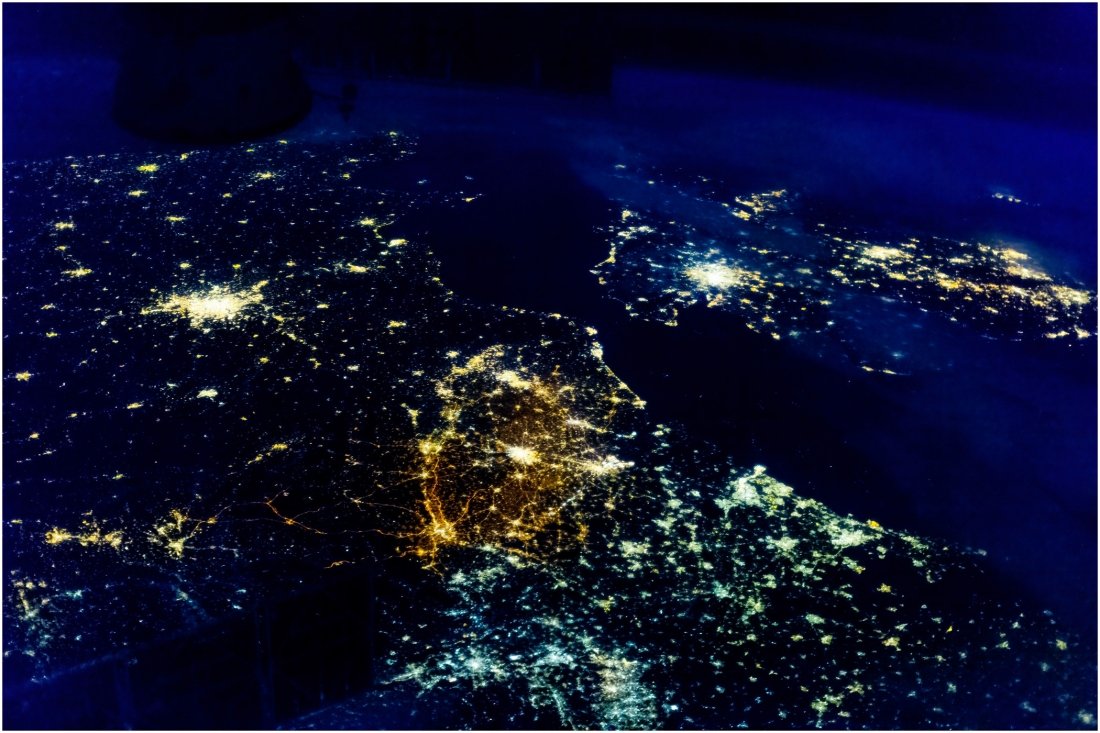The blue" light from artificial sources is increasing, which can have negative effects on health and the wider environment, according to one study.

Academics at the University of Exeter have detected a change in the type of lighting European countries use at night to illuminate streets and buildings.
Using images taken by the International Space Station (ISS from International Space Station), found that the orange emissions from older sodium lights are very quickly replaced by white emissions produced by LED lights.
We all know that LED lighting is more energy efficient and costs less to run. But the researchers report that the increased radiation of "blue" light is causing "significant biological effects" across the continent.
The study also claims that previous research into the effects of light pollution has underestimated the effects of blue light radiation.
Chief among the health effects of blue light is its ability to suppress partreatment of melatonin, the hormone that regulates sleep patterns in humans and other organisms.
Numerous scientific studies have warned that increased exposure to artificial blue light can worsen people's sleeping habits, which in turn, over time, can lead to a variety of chronic health conditions.
The increase in blue light radiation in Europe has also reduced the visibility of stars in the night sky, which the study says "may affect the sense of natures from the people".
Blue light can also change the behavior patterns of many animals, such as bats, moths, etc., as it can also change their movements towards or away from light sources.





